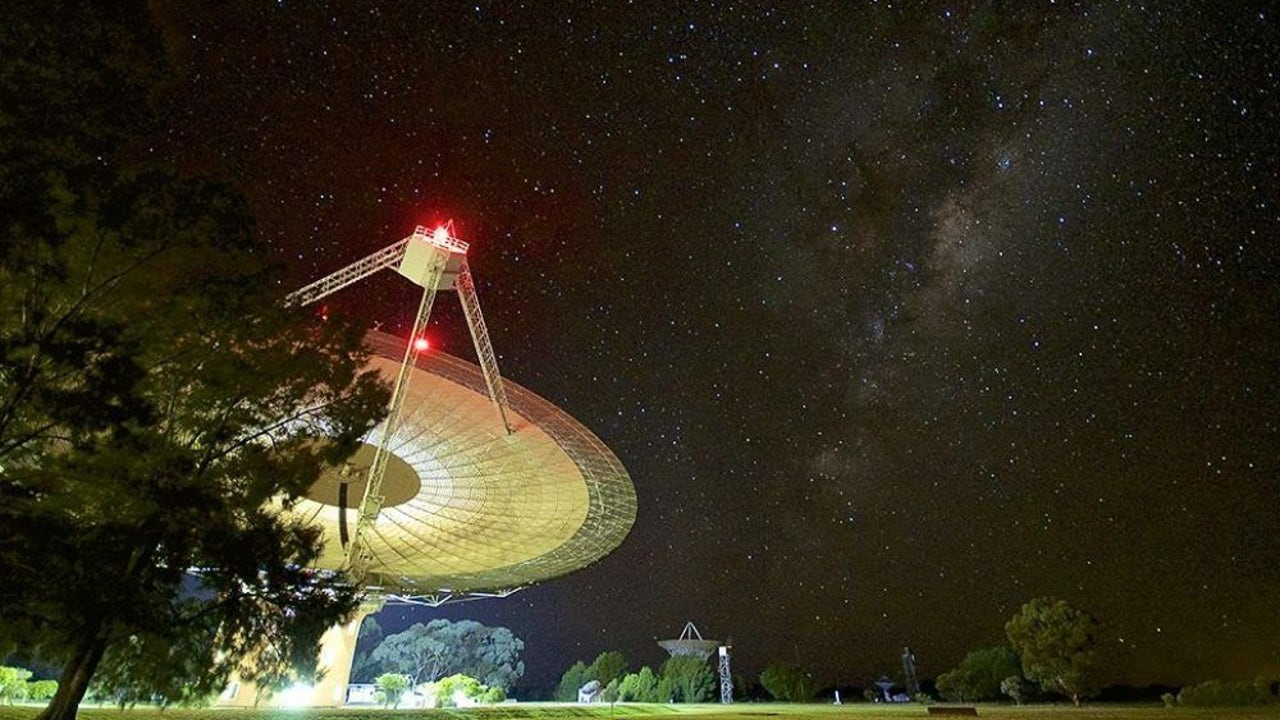The NASA It is the main space agency that is responsible for studying outer space, so It is the company that carries out the most operations in the cosmos. In this sense, the company is testing new ways of communicating with the outside world through various probes in order to find life outside planet Earth; operation that has been successful.
The space agency has achieved a technological milestone: transmitting through laser signals at a speed greater than radio wavesa fact that has been achieved thanks to the Psyche probewhich has been in charge of sending this laser signal that NASA has received.
A new space milestone
The Psyche mission NASA is a space project that Its main objective is to explore the asteroid 16 Psychewhich is located in the asteroid belt between Mars and Jupiter. This asteroid is one of a kind as it is believed to be composed primarily of iron and nickel, making it a possible remnant of the core of a protoplanetary planet.
This space mission seeks to better understand the composition and early history of the solar system, investigating the asteroid's unique characteristics. So, scientists hope that, after studying this asteroid, they can obtain valuable information about how rocky planets were formed, including Earth. Furthermore, the study of Psyche could provide information about how the metallic cores of planets formed and evolved over time.
The spacecraft that will carry out this mission, also called Psyche, is equipped with a series of scientific instruments to map and study the asteroid's surface in detail. While, although The mission does not yet have a specific launch date.is expected to begin sometime this decade and reach the asteroid in the 2030s. Thus, together with the Artemis mission, NASA plans to set foot on Mars and, in the future, create a stable base on the planet.
Goal to set foot on Mars
NASA's project to establish a stable base on Mars is part of its long-term vision for human deep space exploration. The American space agency is working on plans and technologies to send astronauts to Mars and occasionally establish a sustainable human presence on the red planet.
The project involves a series of stages that include precursor missions to investigate and prepare the ground, as well as the development of advanced technologies for survival on Mars, such as life support systems, habitats and renewable energy sources. NASA too is exploring the possibility of using in situ resources on Mars, such as water and mineralsto assist in the sustainability of a human base.
The idea is to establish an initial presence on Mars with short-duration manned missionswhich will then evolve into a more permanent and self-sufficient presence. Different locations are being considered for the baseas well as different strategies for arrival and life on Mars, taking into account the unique challenges that human exploration of the red planet presents, such as radiation, reduced gravity and resource supply.
Thus, this NASA project is part of a global effort to expand the limits of human exploration in space and establish a sustainable presence beyond Earth.

